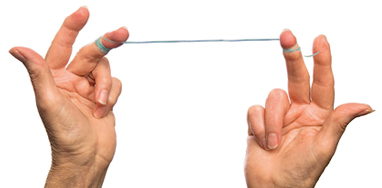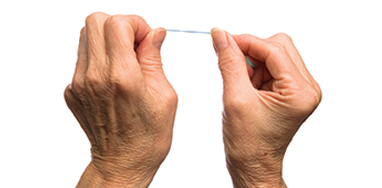Gum Disease
Irritated gums can become red and swollen and may bleed easily. These are signs of gingivitis. Gingivitis is a mild form of gum disease; you can usually reverse it with daily brushing and flossing.
Serious or untreated gum disease can cause you to lose teeth. If there are areas where your gums have pulled away from your teeth (called gum recession), then the exposed roots of the tooth can decay, too.
The root is the part of the tooth that extends into the bone and holds the tooth in place.
Tooth Decay (Cavities)
Tooth decay is damage to a tooth that can happen when decay-causing bacteria in your mouth make acids that attack the tooth’s surface, or enamel. This can lead to a small hole in a tooth, called a cavity. If tooth decay is not treated, it can cause pain, infection, and even tooth loss.
Even a tooth with a filling is at risk for tooth decay if it isn’t brushed and flossed daily or if you don’t have regular check-ups with your dentist. Bacteria in plaque can get under a chipped or broken filling and cause new decay.






